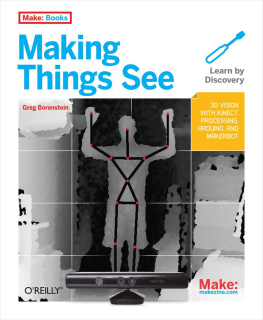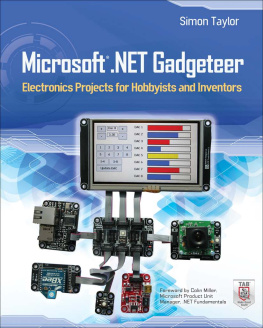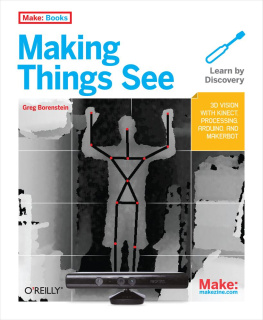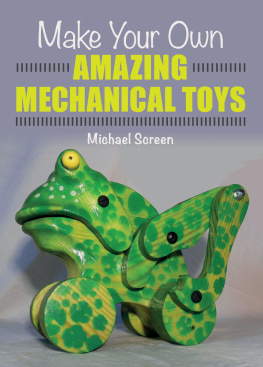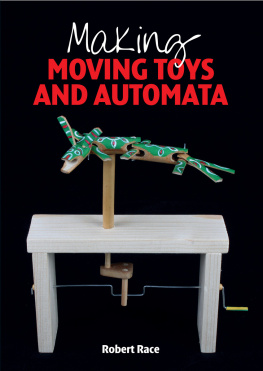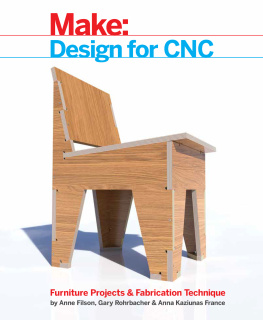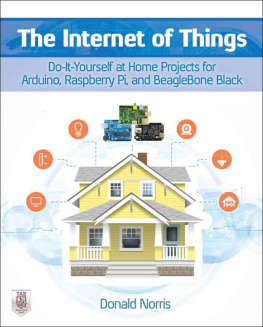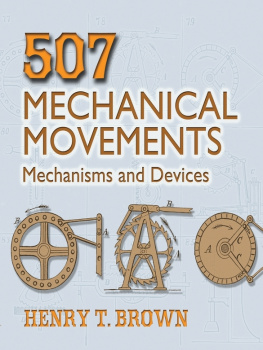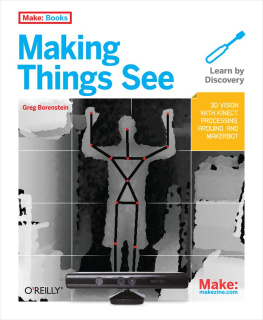Dustyn Roberts - Making Things Move DIY Mechanisms for Inventors, Hobbyists, and Artists
Here you can read online Dustyn Roberts - Making Things Move DIY Mechanisms for Inventors, Hobbyists, and Artists full text of the book (entire story) in english for free. Download pdf and epub, get meaning, cover and reviews about this ebook. year: 2010, publisher: McGraw-Hill Education TAB, genre: Children. Description of the work, (preface) as well as reviews are available. Best literature library LitArk.com created for fans of good reading and offers a wide selection of genres:
Romance novel
Science fiction
Adventure
Detective
Science
History
Home and family
Prose
Art
Politics
Computer
Non-fiction
Religion
Business
Children
Humor
Choose a favorite category and find really read worthwhile books. Enjoy immersion in the world of imagination, feel the emotions of the characters or learn something new for yourself, make an fascinating discovery.

- Book:Making Things Move DIY Mechanisms for Inventors, Hobbyists, and Artists
- Author:
- Publisher:McGraw-Hill Education TAB
- Genre:
- Year:2010
- Rating:5 / 5
- Favourites:Add to favourites
- Your mark:
Making Things Move DIY Mechanisms for Inventors, Hobbyists, and Artists: summary, description and annotation
We offer to read an annotation, description, summary or preface (depends on what the author of the book "Making Things Move DIY Mechanisms for Inventors, Hobbyists, and Artists" wrote himself). If you haven't found the necessary information about the book — write in the comments, we will try to find it.
In Making Things Move, youll learn how to build moving mechanisms through non-technical explanations, examples, and do-it-yourself projects--from art installations to toys to labor-saving devices. The projects include a drawing machine, a mini wind turbine, a mousetrap powered car, and more, but the applications of the examples are limited only by your imagination. A breadth of topics is covered ranging from how to attach couplers and shafts to a motor, to converting between rotary and linear motion.
Each chapter features photographs, drawings, and screenshots of the components and systems involved. Emphasis is placed on using off-the-shelf components whenever possible, and most projects also use readily available metals, plastics, wood, and cardboard, as well as accessible fabrication techniques such as laser cutting. Small projects in each chapter are designed to engage you in applying the material in the chapter at hand. Later in the book, more involved projects incorporate material from several chapters.
Making Things Move:
- Focuses on practical applications and results, not abstract engineering theories
- Contains more than a dozen topic-focused projects and three large-scale projects incorporating lessons from the whole book
- Features shopping lists and guides to off-the-shelf components for the projects
- Incorporates discussions of new fabrication techniques such as laser cutting and 3D printing, and how you can gain access
- Includes online component for continuing education with the books companion website and blog (makingthingsmove.com)
Introduction to Mechanisms and Machines; Materials and Where to Find Them; Screwed or Glued? On Fastening and Joining Parts; Forces, Friction and Torque (Oh My); Mechanical and Electrical Power, Work, and Energy; Eeny, Meeny, Miny, Motor? - Creating and Controlling Motion; The Guts: Bearings, Bushings. Couplers, and Gears; Rotary vs. Linear Motion; Automatons and Mechanical Toys; Making Things and Getting Them Made; Projects
Dustyn Roberts: author's other books
Who wrote Making Things Move DIY Mechanisms for Inventors, Hobbyists, and Artists? Find out the surname, the name of the author of the book and a list of all author's works by series.

